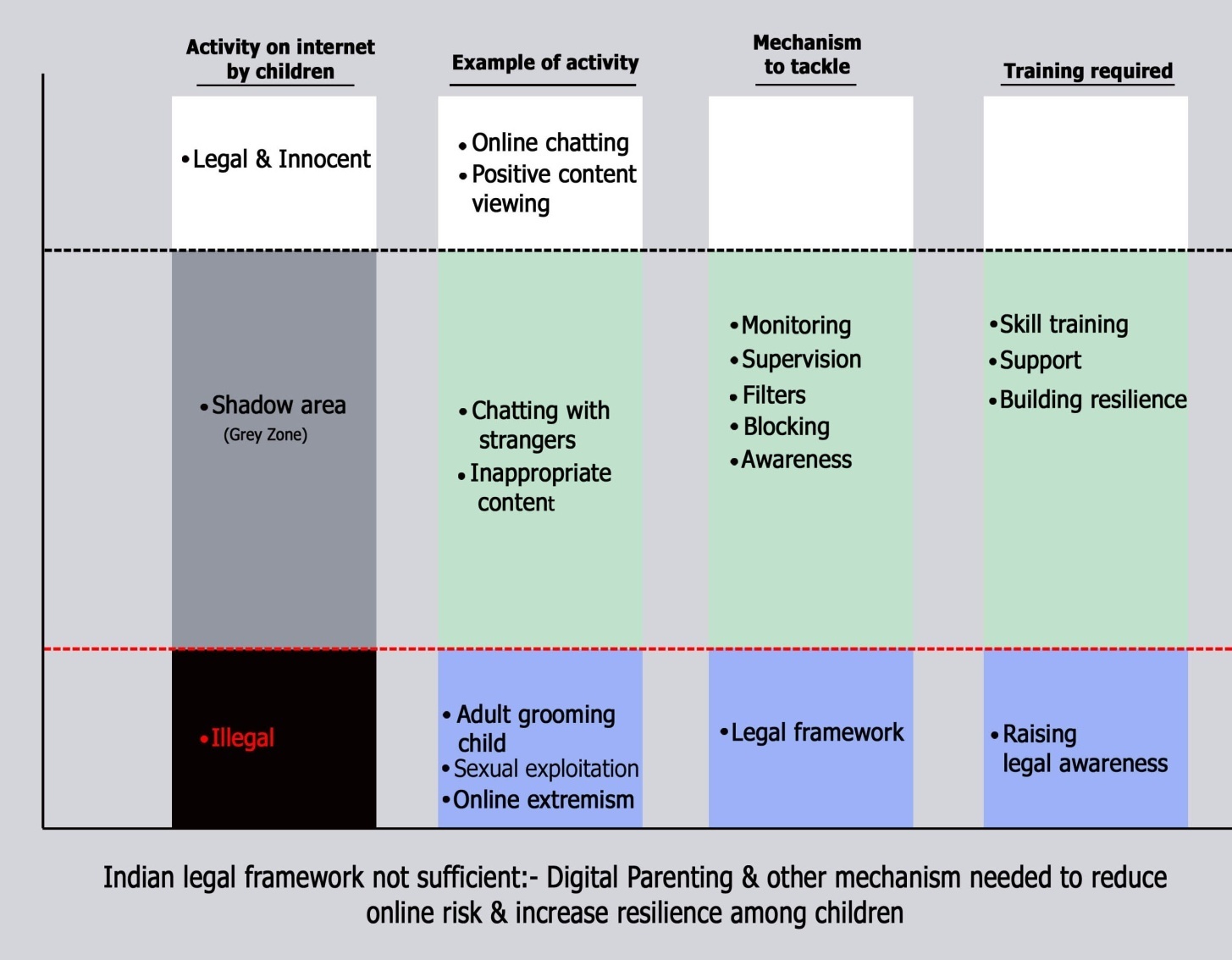Online Risks &Threats For Children: Legal Framework Vs Prevention Thru’ Education & Digital Parenting
K.Sanjay Kumar Gurudin IPS
31 July 2017 8:18 PM IST

There is no doubt that the internet yields numerous opportunities and benefits for children in terms of its impact on their educational attainment. However, it has also exposed children to very serious dangers (modern age crimes) that defy age, geographic location and other boundaries, unlike in the real world. Social networking sites have made things so easy for predators to target their victims online.
Children are being groomed or lured into sexual conversation or exploitation by adult offenders, or being bullied or harassed online. This has also resulted in risk to the children of having their abusive image shared on the internet. It is bitter truth that cyber offences against children is increasing, as new and creative ways are identified and employed to harass, abuse and exploit them. The problem is not limited only to India, but is a challenge faced globally.
Unfortunately, the risks of online abuse and exploitation of children have received much less attention in the legal framework and policy makers as a whole. Online abuse is not even included in the statistics as a separate category. The legal mechanism to protect children from online abuse and respond effectively to the dissemination and consumption of online child sexual abuse materials falls far short of meeting existing needs. In addition, being able to stay anonymous online and impersonate others have embolden people into offensive and criminal acts and have lowered the deterrent potential of law.

The chart broadly distinguishes the online activity of children: (a) Innocent and positive activity, which does not require any action (b) maximum activity comes under Grey area, which can be considered harmful and abusive online behaviour, but does not constitute a criminal offence and cannot be criminalised and (c) illegal, online sexual exploitation of children, small area for which legal framework exists, but requires robust action, particularly from law enforcement agencies.
While for the Grey Area, there is a need to embed efforts to protect children in a wider digital citizenship approach and widespread awareness among parents, teachers, the police and policymakers of the growing and ever-changing risks of child online abuse and exploitation.
But as parents, are we going to wait till all stakeholders comes on a platform and systematically work together to handle this menace? That should not be the case, as ultimately it is a serious matter concerning the safety and security of our children. The responsibility for inculcating a culture of disciplined online behaviour among the children in order to prevent them from becoming victims lies foremost with the parents. It is, hence, highly important that parents themselves have an understanding of latest dangers associated with the internet, new forms of harassment , exploitation, and the remedial measures to counter them.
 K.Sanjay Kumar Gurudin IPS is the author of the book " Is Your Child Safe?"
K.Sanjay Kumar Gurudin IPS is the author of the book " Is Your Child Safe?"

